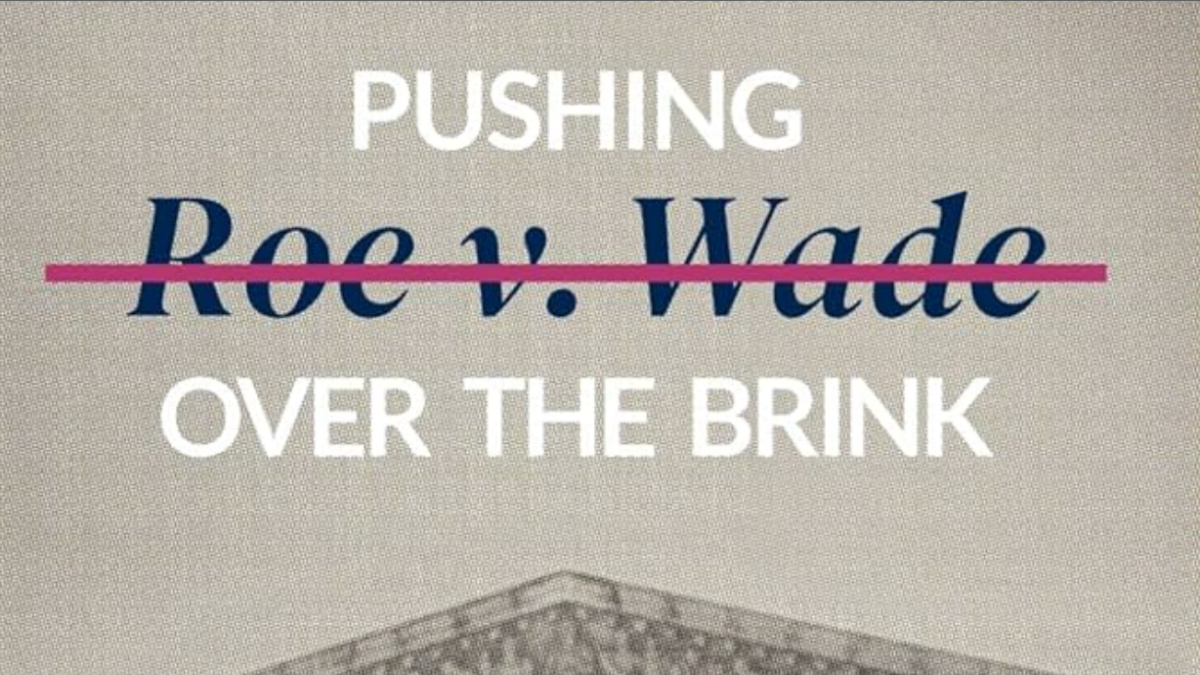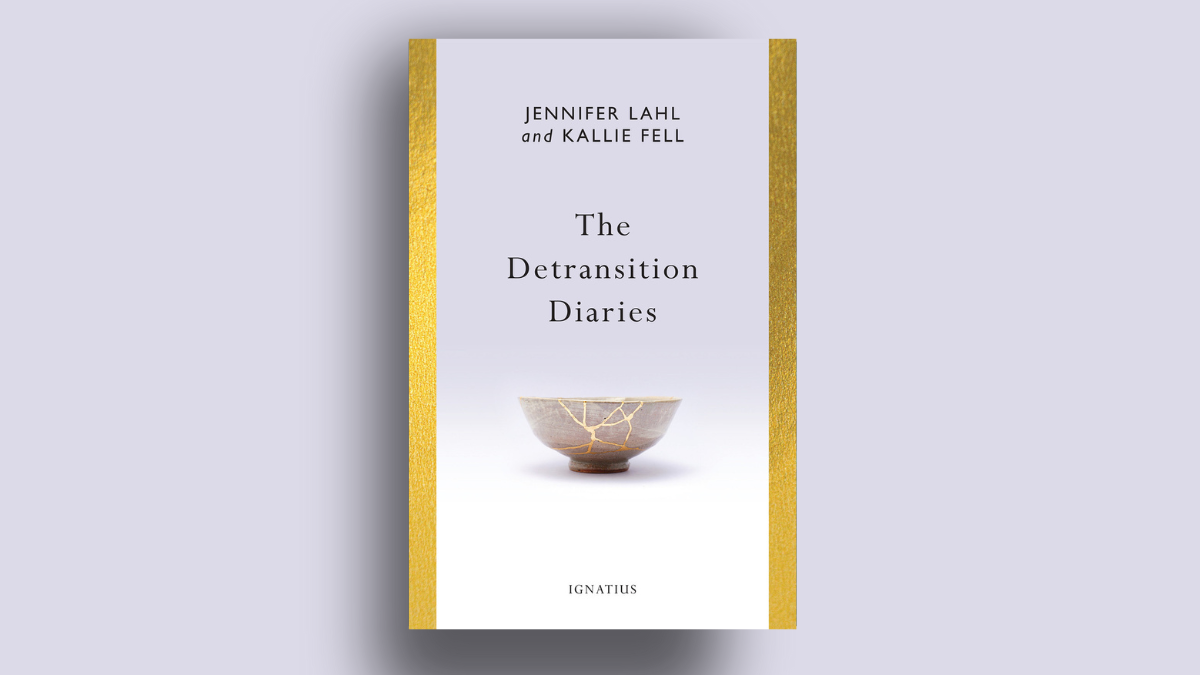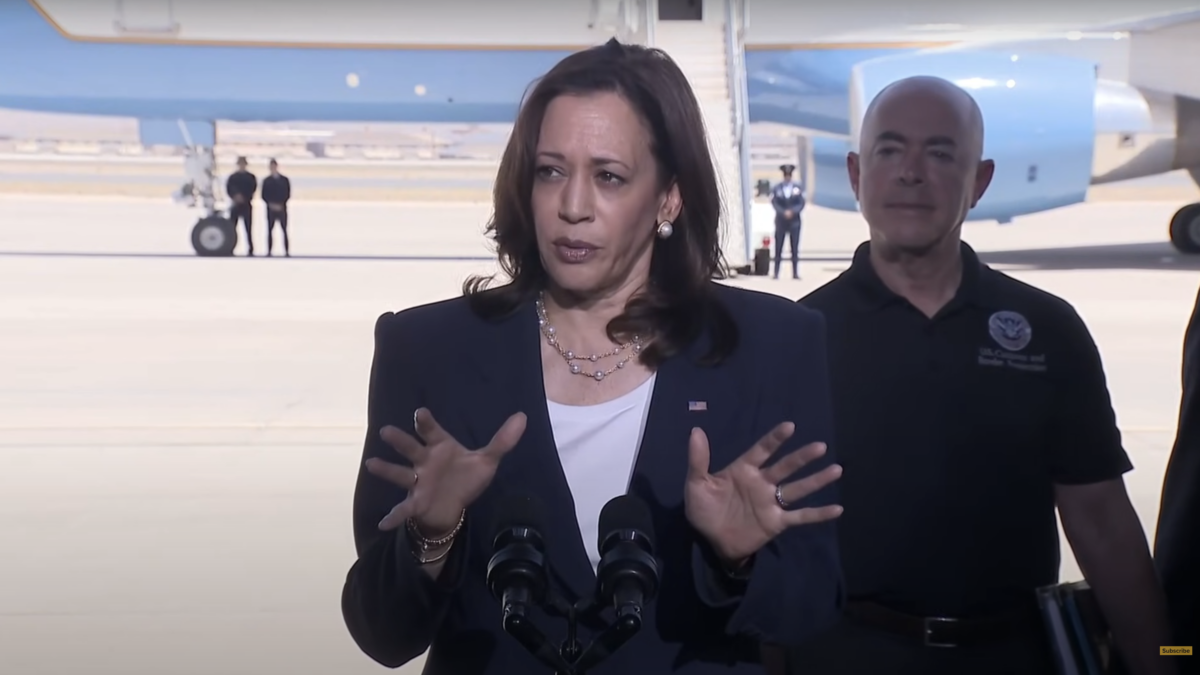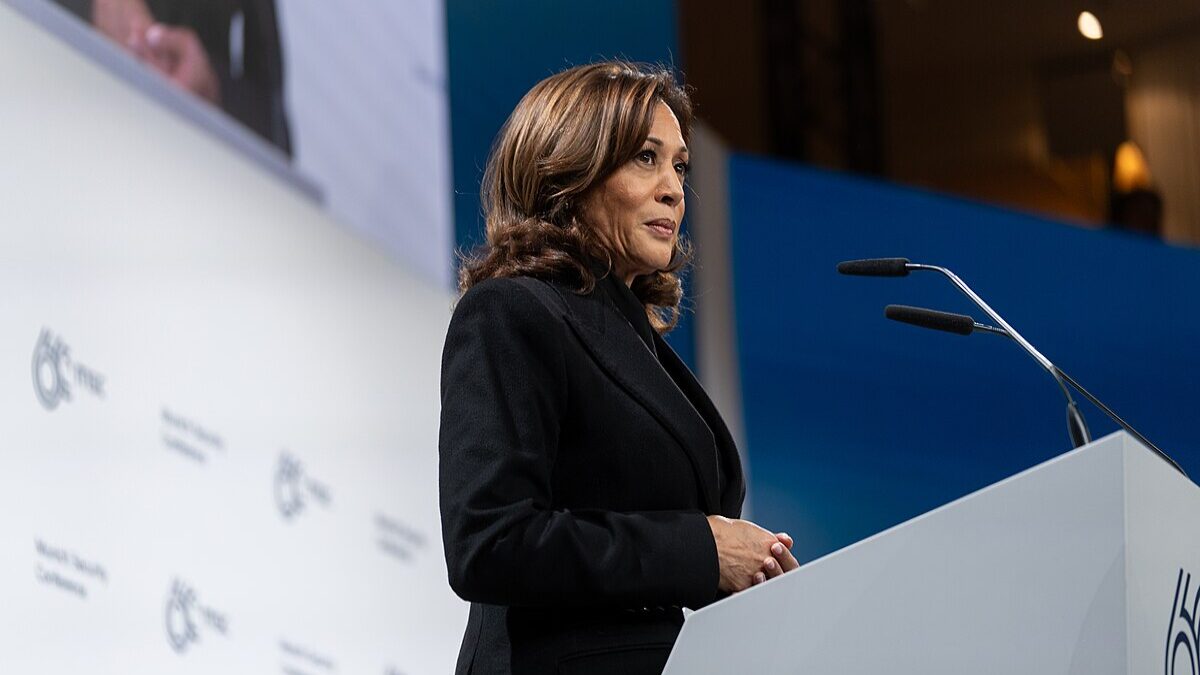In the most comprehensive text of its time, Pushing Roe v. Wade Over the Brink chronicles the tumultuous history of abortion in America, contextualizing the conception of pro-life giant Americans United for Life, from state legalization of abortion preceding Roe to the post-Roe present day.
Authors Clarke D. Forsythe and Alexandra DeSanctis spent two years compiling an extensive and multi-faceted review of academic, legal, medical, and social texts and cultural contributors to the modern reality of permissive abortion and euthanasia in America. Heavily referenced, Pushing Roe is readable and compelling, connecting multiple decades of cultural shifts and highlighting the tenuous dance between the legal and societal frameworks that must align to recognize the dignity of all life and put a final end to abortion.
“Pushing Roe tells the story of Americans United for Life (AUL) as much as it documents the history of the larger pro-life movement over its first half-century,” said Tom Shakely, AUL’s chief engagement officer. “As we move forward in this post-Roe America, it is crucial that pro-life advocates of all ages, backgrounds, and beliefs know our history in order to successfully adapt strategies and tactics to changing circumstances in the decades to come.”
A Legal Giant
Steeped in the twofold history of population control and eugenic sterilization, Forsythe and DeSanctis describe the origins of the modern fight for life. Eugenics, they write, still held some fashionable appeal to politicians, scientists, and academics in the 1960s. Even WWII Nazism couldn’t completely stamp out what some legal academics saw as a possible necessity to curb “genetic deterioration.”
What began as a debate to legalize abortion in the early 1960s became a nationwide “crisis” by the end of the decade in politics and the courts and among cultural “elites.”
The authors compare the elitist pressure that “normalized” abortion to the most recent phenomenon of mask-wearing during Covid-19 lockdowns. “[P]eople did so largely because those elites had told them to,” they wrote.
One of the leading, and arguably most detrimental, organizations at the time was and remains the American College of Obstetricians and Gynecologists, the authors write. Founded in 1951, the organization turned to “ignoring substantial evidence to the contrary and contradicting its prior statements noting the risks of abortion,” testifying that abortion was 23 times safer than childbirth. This extremely influential group filed significant briefs, “without sanction of the members of the College or even of their Board of Directors.”
Officially founded in 1971, AUL initially focused on educating the public but quickly realized law and policy must be grappled with; engaging in the intellectual debate on abortion, AUL swiftly found its footing as a legal giant defending landmark abortion cases after the passage of Roe made abortion a federal right.
Networking with pro-life legislators, academics, and lawyers, as well as infiltrating the media to support the cause for life, also became part of the resistance.
Technology Beyond Ethical Consensus
Another driving force in the abortion debate, technology has advanced “beyond ethical consensus,” continuing to plague ethical societies in the West, according to the authors.
“Advancements in technology have always shaped American law,” Forsythe and DeSanctis write. Even as technology advanced to save prematurely born babies, new methods to kill the unborn were under development.
From the “turmoil” of law and bioethics, which marked the end of the 1960s, to the defense of prenatal protections during the 1970s, the authors describe how defining death outstripped the common law during this tumultuous time.
The subsequent threat to freedom of speech and conscience instigated by Roe has caused increased aggression toward life advocates and protesters of abortion.
The Clinton administration — which the authors describe as “the first president to aggressively push abortion” — tested the legal system further, with the nomination of pro-abortion justices. Following Clinton, George H.W. Bush’s administration supported the overturning of Roe v. Wade and regulations to Title X funding, but ultimately failed to move the legal decision regarding abortion back to the states.
Strategically returning to Washington, D.C., following the 2008 election, AUL positioned the organization at the heart of the battlefield, while subsequently ramping up its media presence and encouraging legislative limits on abortion. The authors ably describe the “public-health vacuum” consequences of Roe, in addition to the numerous scandals involving abortion “rights” and criminal activity like that of infamous abortionist Kermit Gosnell.
Life After Roe
The difficult work of “translating moral principles into law,” and applying practical wisdom to win the fight, is strenuous work AUL continues to undertake.
“Roe dictated the legal, political, financial, and social structures that have shaped the abortion issue for more than four decades,” the authors write, but it also “contained the seeds of its own destruction.”
Adapting and proving resilient through legal attacks is a momentous undertaking that AUL has never abandoned. Often uphill, the organization’s continuous fight for the rights of society’s most vulnerable encompasses decades of victories and setbacks in a struggle that continues in the post-Roe era. Shakely sums up the struggle this way:
Since before Roe, Americans of goodwill have recognized that abortion warps the human heart. Ever since Roe was handed down, and even after Dobbs and to this day, the battle for America’s heart rages on. This is because America’s half-century legal abortion regime changed America by teaching Americans to embrace abortion as if it were a positive good. And in accepting abortion in this way, we’ve come to tell ourselves all sorts of related fictions about the human person. Too many have come to believe that human persons are disposable, at whatever age and stage in life. We see this playing out across the spectrum of human right to life issues, still with abortion federally and across the states, as much as with assisted suicide, patients’ rights, conscience protections, and denial of care situations.
The underserved, the vulnerable, and the ignorant all suffer because abortion disserves every single person connected to it, from the lawmakers and citizens who support it, to the provider whose hands deliver it, to the woman who endures it, to the child whose life is taken before leaving the womb. Americans once recognized this web of connected degradation as a threat to “inherited ethical and political ideals,” but history hides so many facets of the debate.
The Judeo-Christian ethic, belief systems that inherently “elevated the protection of human life” over millennia, were foundational to American ethics until recent decades. The good of the entire country and culture is dependent on the struggle to reveal these foundational truths.
“What we’ve learned at Americans United for Life, and as pro-life advocates across the spectrum of life issues, is that the pro-life movement has been and will remain essential for America’s health and prosperity,” Shakely said. “When we know our history in all its richness, we can confidently go about the continuing work of building towards a future full of hope.”






